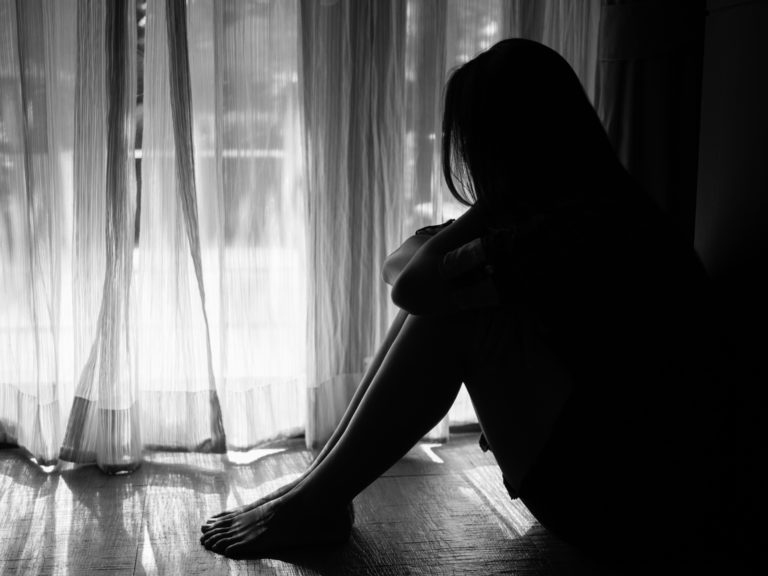A Shadow Over Paradise: The Growing Crisis of Youth Suicides in Kashmir
By: Javid Amin
Srinagar: The breathtaking vistas and rich cultural heritage of Kashmir Valley belie a harsh reality: the region grapples with a rising tide of youth suicides. While India battles a national mental health crisis, with a significant number of suicides occurring among individuals under 30, the situation in Kashmir is particularly alarming. This article delves into the root causes, impacts, and potential strategies for preventing this devastating trend.
Unraveling the Roots: A Complex Web of Influences
Several factors contribute to the high suicide rate amongst Kashmiri youth. The unrelenting political instability and prolonged conflict have been major stressors on the population for decades. The resulting trauma manifests as various mental health conditions, including post-traumatic stress disorder (PTSD), depression, and anxiety. These conditions, often left unaddressed due to stigma and limited access to mental health services, can push individuals towards self-harm and suicidal ideation.
Beyond the Headlines: Beyond Socio-Cultural Factors
While the media often focuses on political and conflict-related events in Kashmir, the critical issue of suicide receives inadequate attention. This lack of awareness and understanding further exacerbates the crisis. Additionally, faulty socio-cultural norms can contribute to the problem. Rigid familial structures and limited avenues for open communication can leave young people feeling isolated and unable to express their difficulties. Furthermore, excessive reliance on technology and unmonitored internet access can expose young minds to harmful influences and further isolate them from real-world connections.
The Crumbling Support System: The Family Unit and Emotional Neglect
The family, the cornerstone of any society, plays a crucial role in safeguarding mental well-being. However, in Kashmir, the pressure on families due to societal unrest and economic hardship can lead to strained relationships and emotional neglect. This lack of parental guidance and open communication leaves young people vulnerable to developing unhealthy coping mechanisms and feeling unsupported during times of emotional distress.
Breaking the Silence: Recognizing Warning Signs and Building Resilience
It is crucial to identify the warning signs of suicidal ideation in young people. These can include:
- Social withdrawal and isolation
- Loss of interest in previously enjoyed activities
- Changes in sleep patterns or appetite
- Hopelessness and feelings of worthlessness
- Preoccupation with death or suicide
Early intervention is critical to prevent tragedies. If you notice any of these signs in a loved one, encourage them to seek professional help from mental health professionals.
A Roadmap to Hope: A Multi-pronged Approach to Prevention
Combating the issue of youth suicides in Kashmir requires a multi-pronged approach that addresses the various contributing factors:
- Increased access to mental health services: Establishing dedicated suicide prevention clinics and training teachers and school counselors to identify and support vulnerable students are essential steps.
- Combatting drug addiction and promoting family counseling: Addressing substance abuse and providing marital counseling services can strengthen families and create a supportive environment.
- Promoting gender equality and preventing bullying: Implementing awareness campaigns against gender-based discrimination and bullying can create a more inclusive and supportive society.
- Strengthening media awareness: Responsible reporting and avoiding sensationalizing suicides are crucial to prevent copycat effects and promote help-seeking behavior.
- Destigmatizing mental health: Openly discussing mental health issues and highlighting the availability of support services can help reduce stigma and encourage individuals to seek help.
- Promoting holistic development: Including mental health education and life skills programs in school curriculums can equip young people with the necessary knowledge and tools to cope with challenges and develop resilience.
- Restricting access to means of suicide: Implementing measures to control the availability of lethal means like firearms and pesticides can further help prevent suicides.
- Promoting help-seeking behavior: Widely publicizing mental health helpline numbers and encouraging open communication about mental health struggles can empower individuals to seek assistance.
Bottom-line: A Collective Responsibility, a Shared Hope
Suicide is a preventable tragedy. By addressing the root causes, raising awareness, and implementing effective prevention strategies, we can create a future filled with hope and support for the young people of Kashmir Valley. We, as a collective, have the power to turn the tide and ensure that every individual has the opportunity to thrive and live a fulfilling life. Remember, life is a gift, and together, we can build a tomorrow where help, compassion, and support prevail over despair.






